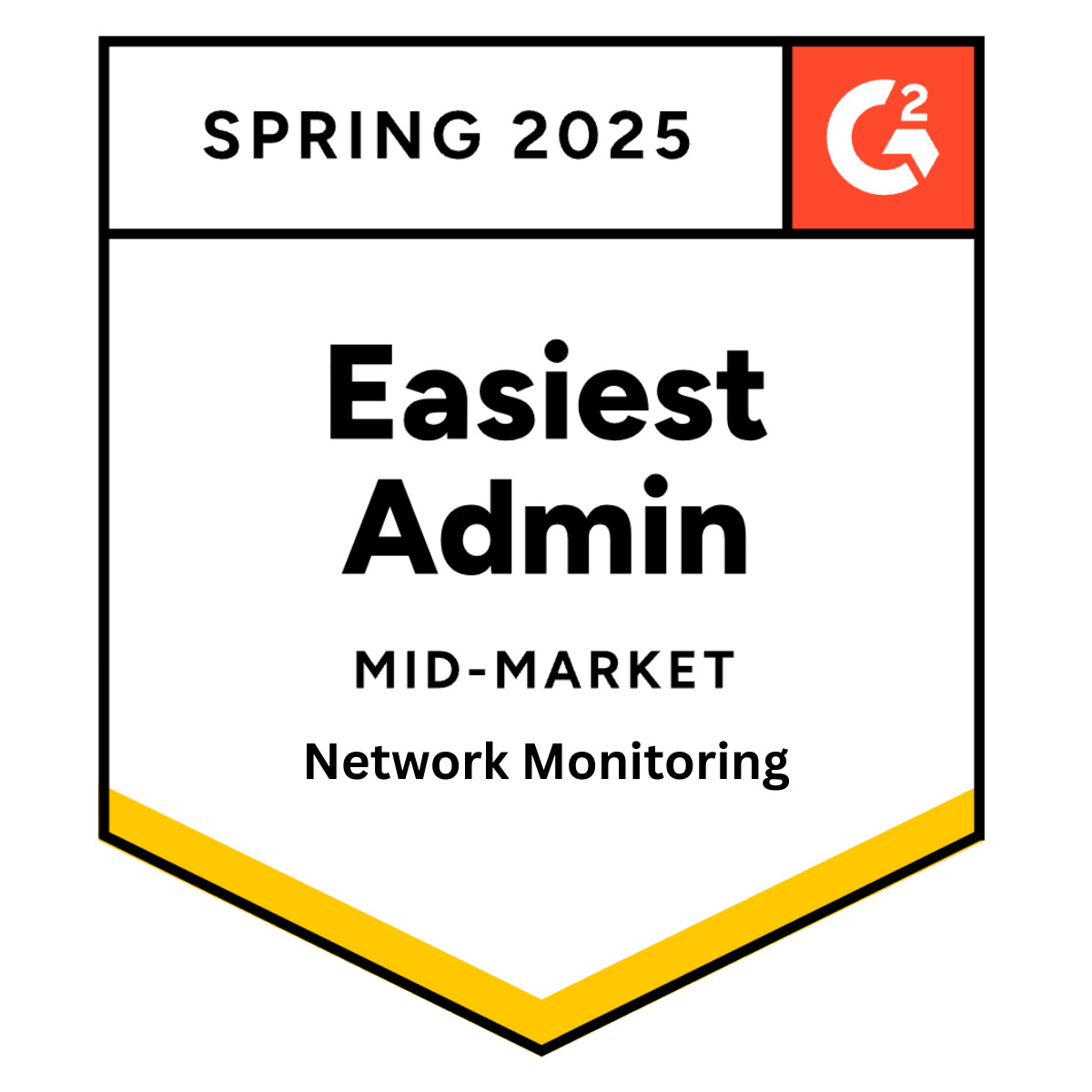
How to Stop Malicious Code in Its Tracks
Wednesday 16 April, 2025

How to Stop Malicious Code in Its Tracks
Malware, Trojans, worms — you've likely heard these terms before. But can you tell the difference between them? More importantly, do you know how to protect your systems and data from these threats?
These are malicious codes, and each serves a different purpose, whether it's infiltrating networks, disrupting operations or stealing sensitive data. While they vary in their methods, they all share a common goal — exploiting vulnerabilities to cause harm.
As cyber breaches continue to rise, driven largely by malicious software, malware prevention has become more crucial than ever. With cybercriminals becoming more sophisticated and technology constantly evolving, understanding how to defend your organization against these threats is essential.
Understanding malicious code
To protect your organization, it’s important to understand the different types of malicious code that can infiltrate and damage your systems and operations.
- Viruses: A virus is a piece of malicious code that attaches itself to legitimate files or programs and spreads when the file is executed. It spreads through downloads, email attachments or shared files, causing serious disruptions like slowing down, corrupting or even halting systems. The catch? Viruses rely on user interaction to spread, making them tricky but preventable with the right precautions and strong malware prevention strategies.
- Worms: Unlike viruses, worms do not require user interaction to spread and don’t attach themselves to files or programs. Instead, they exploit vulnerabilities in operating systems and software to propagate. Once inside, they can wreak havoc, slowing down networks and consuming valuable system resources.
- Trojan horses (trojans): Just like the ancient myth, trojans hide in plain sight and are disguised as legitimate software. Once installed, they create backdoors for cybercriminals, granting them access to sensitive data. Trojans spread through infected websites or seemingly harmless downloads.
- Spyware: Spyware is a form of malicious software that covertly monitors and collects information about user activities. It can track your keystrokes, steal sensitive data, like login credentials and banking info, and even take control of your device remotely. Spyware often slips in through downloads, email attachments or compromised websites and is commonly used for blackmail or identity theft.
- Adware: Adware is designed to display unwanted ads on a user’s device, often slowing system performance in the process. It can also often act as spyware, tracking user behavior to deliver more targeted ads. Adware often employs scare tactics, known as “scareware,” to pressure users into purchasing software they don’t need.
- Rootkits: Rootkits are among the most dangerous forms of malware because they can bypass antivirus software and are very difficult to detect. They allow attackers to gain unauthorized access to systems, enabling them to install additional malware, steal data and modify system settings.
- Ransomware: Ransomware is malicious software that locks users out of their systems or files, with cybercriminals demanding a ransom for the decryption key. If payment isn’t received, the data may be deleted or leaked to the public. Ransomware has quickly become one of the most feared threats in the digital world, causing massive disruption and financial loss.
Key principles to protect against malicious code
By adopting proactive measures and following security best practices, you can significantly reduce the likelihood of being targeted by malicious code and protect against malware.
Regular software and system updates
Some of the most devastating cyberattacks have exploited vulnerabilities in outdated software. For instance, WannaCry spread through the EternalBlue exploit, targeting unpatched Windows systems.
Despite Microsoft releasing patches, many organizations failed to apply them, leaving over 300,000 devices vulnerable. To prevent similar incidents, ensure your operating systems, software and third-party applications are always up to date.
Patch management is key. Enable automatic updates whenever possible to safeguard against known vulnerabilities.
Back up data regularly
Regular data backups are essential for maintaining business operations, even during a cyberattack. Backups act as a safety net, ensuring that critical files and applications remain accessible, particularly in the unfortunate event of a ransomware attack.
Frequent backups reduce the likelihood of losing crucial files. For business-critical systems, like servers, consider hourly backups to minimize data loss and ensure operations can resume quickly.
Promote a cyber awareness culture
Cybersecurity is a shared responsibility of all employees within an organization. Many breaches result from a simple lapse in judgment, like clicking on a malicious attachment or link.
Ensuring that every team member can recognize and respond to potential threats is crucial to protecting against malware. Encourage employees to report suspicious activity and stay informed about the latest threats and exploitation tactics.
Monitoring and management
No organization is immune to cyberthreats, which are becoming more sophisticated. The threat of malicious code is ever-present in today's digital landscape.
However, understanding these threats, keeping systems up to date, regularly backing up data and continuously monitoring your network can significantly reduce your chances of falling prey to cyberattacks.
Leveraging Pulseway RMM for cybersecurity
Pulseway's remote monitoring and management (RMM) solution is your all-in-one answer to tackling cybersecurity challenges easily.
With real-time monitoring and proactive threat response, Pulseway keeps you ahead of cybercriminals by spotting suspicious activity, isolating threats and enforcing security policies across your organization.
By having Pulseway at the center of your IT management stack, you’ll take a proactive step toward safeguarding your data, reputation and business growth. Leverage powerful tools like patch management, RMM automation, alerting, reporting and more — all accessible from the web or through the mobile app.
Ready to stay ahead of cyberthreats? Take a Pulseway RMM demo today and see how easy it is to secure your business!
Share this post
Related Posts
Join the Ranks of Satisfied Customers and Experience the Pulseway Difference Today.








